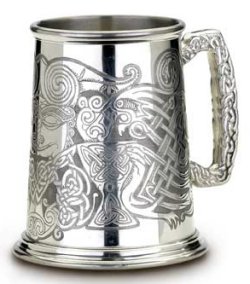With a myriad of styles and types of beers that exist in the world, the biggest question with respect to serving revolves around the temperature. In most cases, drinkers have their own preferences that may be varying. This is possible since there aren’t many stringent norms with respects to the ideal serving temperatures as experienced with wine.
Said that, this is a general guide on what is the universally accepted norm that is in no way an absolute truth.
Before we venture into the science of serving beers at the right temperatures, it is important to address two myths –
1. It is a common misconception that all beer needs to be served very cold. Most macro brewers encourage this idea because the sensation of feeling cold slows down the taste receptors on your tongue. Since taste is usually the week point of beer when compared with competition such as iced tea and soda, macro breweries need to position their products on features other than taste and hence it became important for them to find a way to neutralize taste. Good beer in fact should be as far from frozen as possible.
2. Another common myth is that English beer needs to be served warm or at room temperature. It is actually served at cellar temperature which is between 12- 14 degrees Celsius.
Beer is best enjoyed in your pewter beer stein at a temperature that is between ice cold and room temperature. Also, color is a big determinant of what the temperature of your beer should be. Light colored beers are best served cold. The warmest beers you will have will be big and dark beers such as barley wines, imperial stouts and quadruples.
Beers to be served Very Cold
At 0 to 4 degrees Celsius, beers that you wouldn’t want to really taste are ideal. The Pale lager, Scandinavian style cider, Canadian style golden ale, cream ale, low alcohol and American and Canadian cider fall typically under this category.
Hefeweizen, premium lager, classic German pilsner, fruit beer, kolsch, European strong lager, American dark lager, brew-pub style golden ale and sweetened fruit lambics are best consumed at temperatures between 4 and 7 degrees Celsius.
Cool Beers
The American pale ale, California common, Vienna schwarzbier, Irish ale, French or Spanish cider, English style golden ale, sweets stout and stout are usually served at temperatures between 8 and 12 degrees Celsius.
The right beer at the right temperature poured into a classic pewter beer stein is probably the best way to enjoy this beverage. In addition to the correct temperature, the correct glass also influences your drinking experience. Find the right beer steins for sale to make sure your drinking experience is authentic!



